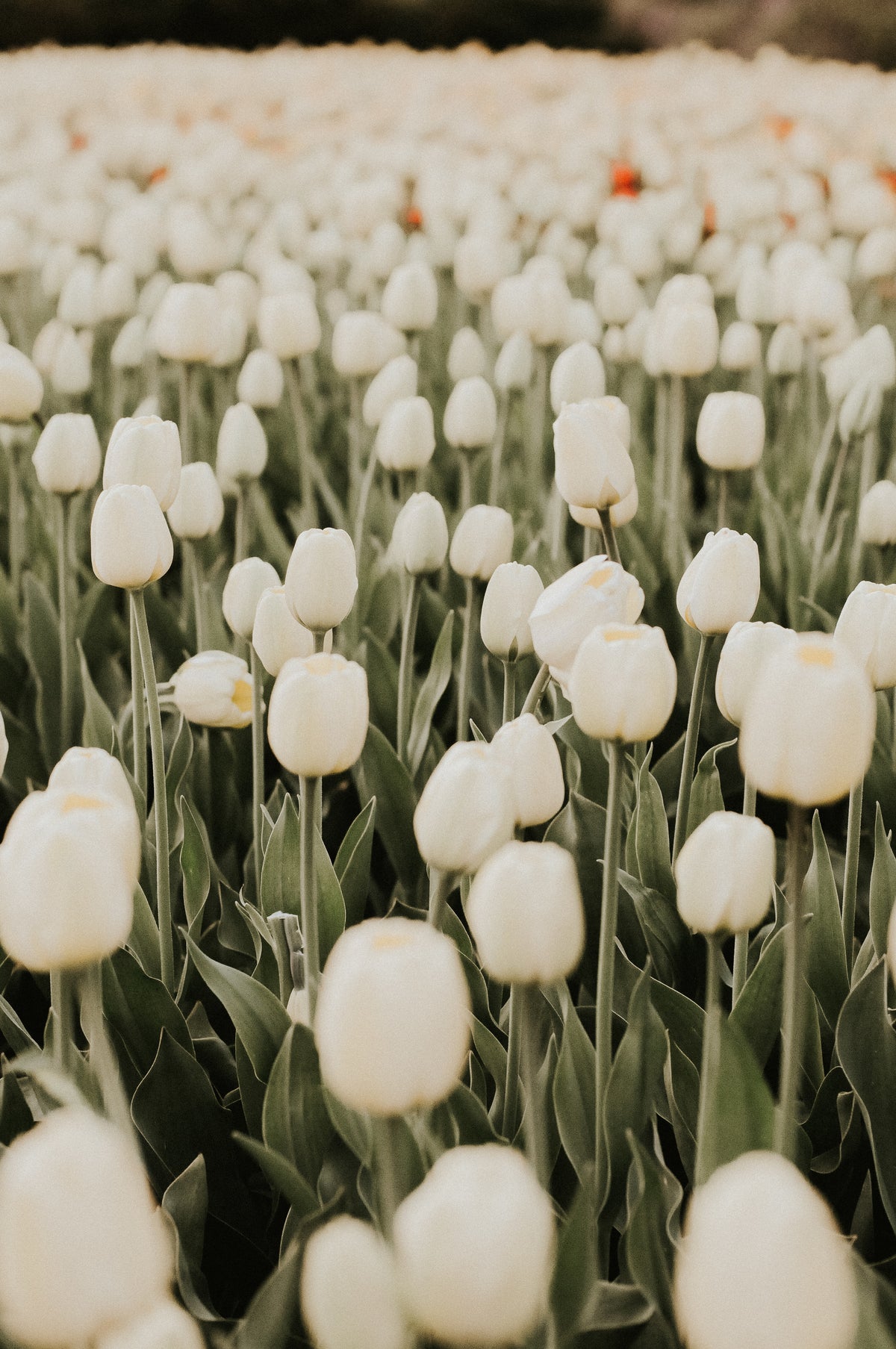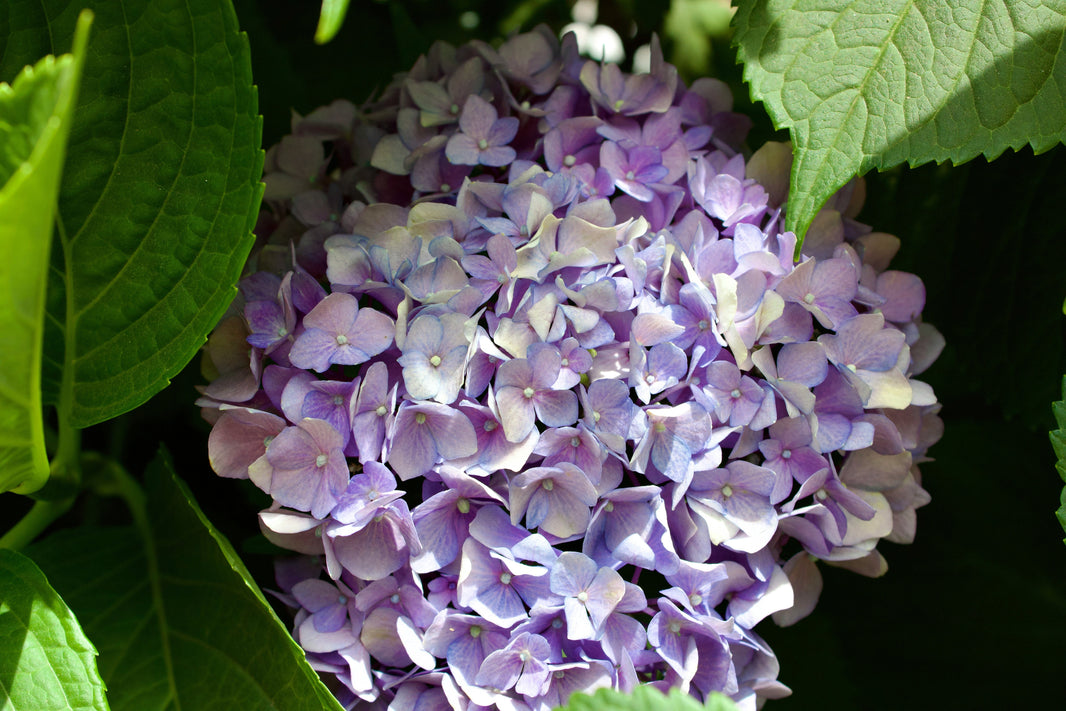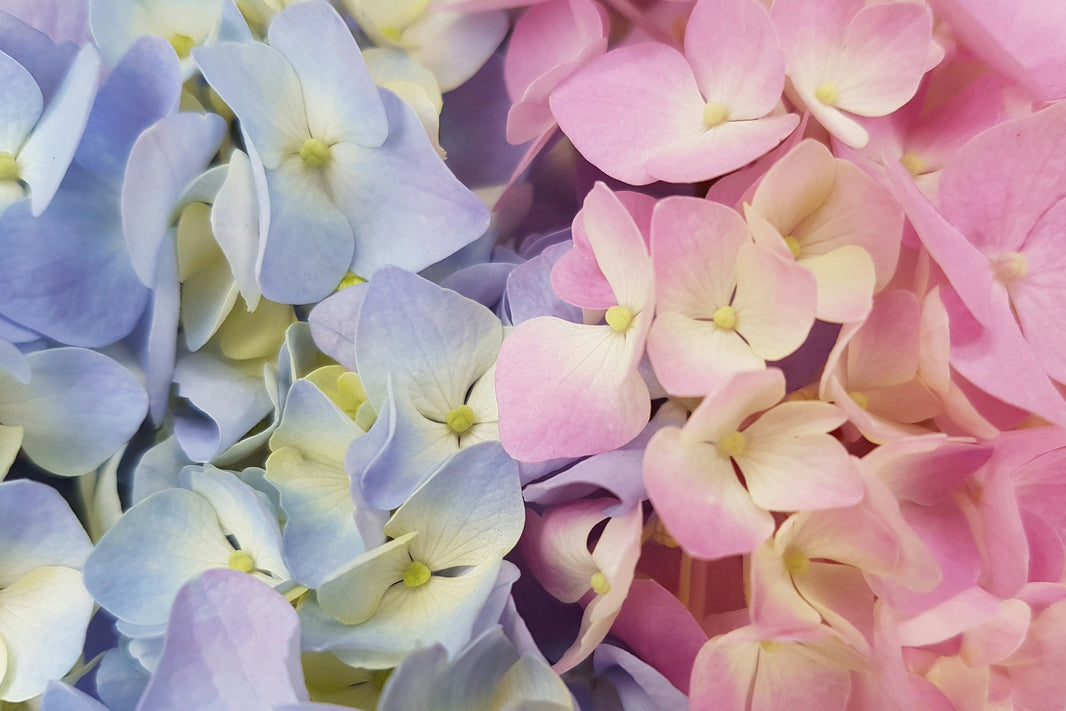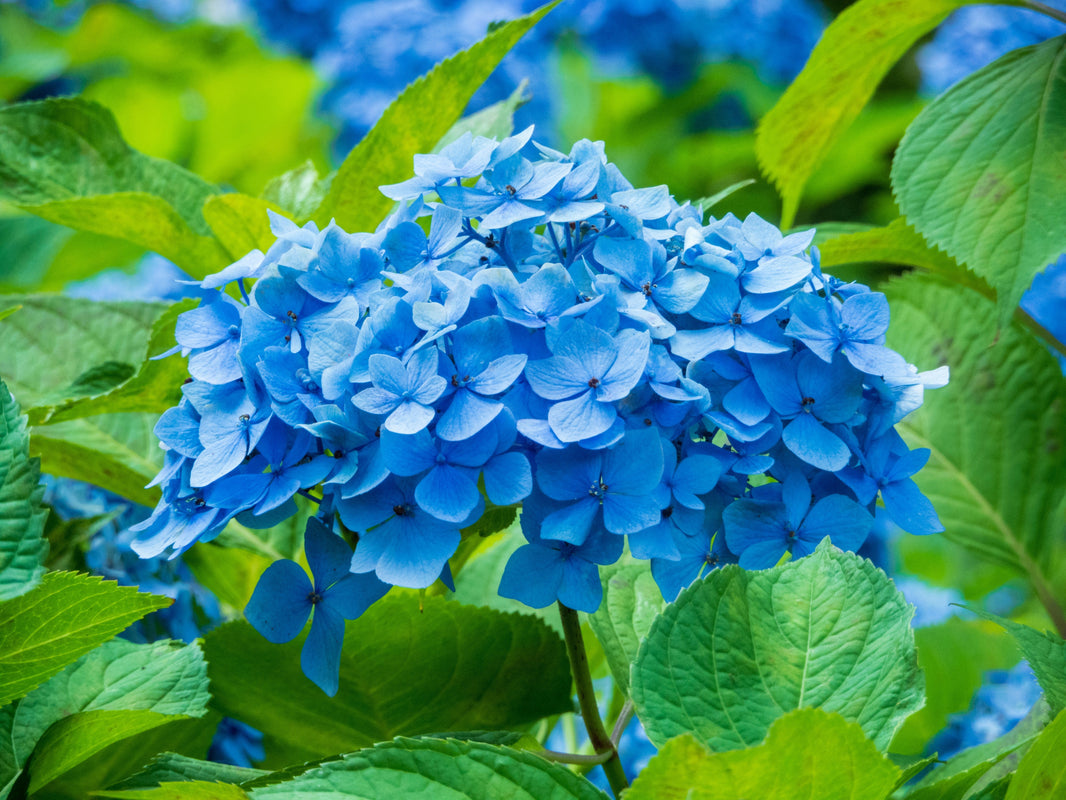Wedding flowers have the power to transform a space, add personality, and set the mood for your entire celebration. From romantic bouquets to lush centerpieces and ceremony arches, florals play a starring role in a couple’s special day. However, they also represent one of the more significant wedding expenses, and without careful planning, floral costs can spiral quickly. That’s why understanding how to stretch your wedding flower budget is essential.
Many couples begin their planning process unsure of what to expect in terms of floral pricing. It’s easy to fall in love with Pinterest-perfect arrangements, but recreating those dreamy designs can come with a hefty price tag. The good news? A beautiful wedding doesn’t require an unlimited budget—it requires strategy, creativity, and a few clever cost-saving techniques.
Stretching your flower budget doesn’t mean sacrificing elegance or style. It’s about working smarter—choosing blooms with impact, repurposing arrangements, and collaborating with vendors who understand your vision. With thoughtful planning, you can achieve a high-end look on a moderate or even modest budget.
Your floral budget can go further if you know when and where to spend. Not every part of your venue needs to be overflowing with flowers. By focusing on focal points and strategic styling, you can create lasting impressions while preserving resources for areas that matter most.
Floral choices themselves make a big difference. Some flowers give you more visual impact per stem, while others offer affordability and versatility. Working with seasonally available and long-lasting varieties can significantly improve the cost-to-beauty ratio in your arrangements.
Whether you’re hiring a florist, DIYing your own florals, or doing a little of both, planning ahead is crucial. The earlier you start, the more options you’ll have to source flowers, repurpose designs, and manage your time and energy effectively.
In this guide, we’ll share expert-level floral cost tips and design strategies for maximizing wedding flowers on any budget. We’ll also introduce resources like WholesaleFlowers.net, which can help you get top-quality blooms at a price that works for your celebration.
Start with a Realistic Floral Budget
One of the most effective ways to stretch your wedding flower budget is to begin with a realistic number. Too often, couples underestimate how much florals cost and end up making last-minute compromises or overspending on other categories. Having a clear, honest budget from the start will guide all your decisions.
Industry experts suggest allocating 8–10% of your total wedding budget to flowers. For a $25,000 wedding, that’s around $2000–$2500. If flowers are a top priority, you might push that to 12% or higher. On the flip side, a minimalist couple could aim for closer to 5%.
Once you’ve settled on a target amount, break it down by category: personal flowers (bouquets and boutonnieres), ceremony décor, reception arrangements, and any extras like cake flowers or photo booth backdrops. This allows you to see where your biggest floral priorities lie.
Be upfront with your florist about your budget. Experienced professionals love a challenge and can often find creative ways to deliver beauty without maxing out your finances. Transparency helps them recommend cost-effective blooms and designs from the start.
Keep in mind that wedding flower pricing includes more than just stems. Labor, delivery, setup, and cleanup often make up a large part of the quote. By understanding this, you’ll know which services you’re paying for and where DIY might help reduce costs.
Factor in tax and delivery fees when setting your budget. These often add 5–10% to your final invoice and can affect how far your money really goes. Always ask for a full breakdown before signing contracts.
Leave a little room in your budget for flexibility. Flower prices can fluctuate due to supply chain changes, weather, or seasonality. Building a 10% buffer into your floral budget can help you manage surprises without cutting into other areas.
Lastly, budget for rentals. Vases, arches, candles, and installation equipment may not be included in your floral quote. If you plan to rent from a separate vendor, those costs should be added to your total floral estimate to keep things accurate.
A clear and realistic floral budget isn’t just a spending cap—it’s a blueprint for making thoughtful design decisions. With a solid financial foundation, every arrangement you create will be part of a cohesive and cost-conscious floral plan.
Focus on High-Impact Floral Areas
When working within a limited wedding flower budget, one of the smartest strategies is to focus your funds on areas that deliver the most visual impact. Not every corner of your venue needs florals—targeting high-traffic zones ensures your investment makes a strong and memorable impression.
The ceremony backdrop is a perfect place to prioritize. Whether it’s an arch, chuppah, floral columns, or a fireplace mantel, this is where the most emotional and photographed moments happen. An eye-catching statement piece here sets the tone for your wedding style and draws everyone’s attention.
Another key focal area is the entrance to your ceremony or reception. First impressions count, and a floral display at the entryway welcomes guests with beauty and sophistication. It could be as simple as two urn arrangements, a greenery-wrapped welcome sign, or a floral aisle marker display.
The head table or sweetheart table is another area where florals matter. These arrangements appear in many close-up photos and frame the couple throughout the reception. A lush centerpiece or cascading garland elevates this space without requiring a full floral overhaul for every table.
Guest tables should be addressed strategically. Instead of putting a large arrangement on every table, consider alternating styles. Use a mix of floral centerpieces, candles, bud vases, or greenery runners to create visual variety while cutting costs in half.
Bar areas, dessert stations, or photo booths can be decorated using minimal florals or repurposed arrangements from the ceremony. These areas add charm, but don’t require major investments to look polished and thoughtful.
Consider one or two “hero” arrangements—pieces that wow and carry the weight of your design. For example, a single large floral chandelier or suspended garland over the dance floor can be more effective than scattering small bouquets throughout the venue.
Minimalism can also be impactful. A handful of carefully chosen florals can elevate a modern or industrial space, especially when combined with interesting vessels, textiles, or lighting. Let intentional design guide where you spend your dollars.
Use height and scale wisely. Taller arrangements may require fewer materials to make a big impact from afar. Using structural elements like branches, palm leaves, or dried grasses can add volume without adding cost.
Don’t forget about photography. Ask your photographer to capture your key floral elements in detail. This ensures that your investment is documented beautifully, even if flowers were only used in select areas.
When you focus your flower spend on high-impact zones, you get more beauty for every dollar. This approach creates a luxurious impression without stretching your floral budget thin across unnecessary spaces.
Choose Budget-Friendly Blooms with Big Style
The types of flowers you choose have a significant effect on how far your wedding budget goes. Some blooms are naturally more affordable, more abundant, or more versatile than others. Choosing the right flowers is key to maximizing wedding flowers without losing style or elegance.
Hydrangeas are a top choice for budget-conscious couples. Their large, fluffy heads fill out arrangements easily, meaning fewer stems are needed to achieve volume. Available in various colors, they suit both classic and romantic themes beautifully.
Carnations are another underrated hero. Once dismissed as filler flowers, modern florists are embracing their ruffled texture and affordability. When used in mass or with creative styling, carnations mimic higher-end blooms like peonies at a fraction of the cost.
Chrysanthemums and alstroemeria are hardy, long-lasting, and inexpensive. These flowers offer a wide range of colors and can be used to build texture and depth in both bouquets and centerpieces. They pair well with bolder blooms or on their own for minimalist designs.
Standard roses are elegant and widely available. While garden roses or David Austins are pricey, traditional roses offer classic beauty at a much lower price. In-season roses are especially affordable and come in nearly every color imaginable.
Greenery stretches any floral design. Eucalyptus, ruscus, salal, and fern provide texture and movement while reducing the number of flowers needed. Foliage-heavy arrangements feel lush without overloading your budget.
Baby’s breath can serve as a filler or focal flower. Its light, airy texture adds softness and romance to any design, and it holds up well in heat and humidity. It’s also affordable enough to be used in large quantities for arches or garlands.
Dried flowers and preserved stems are trendy and long-lasting. They don’t require refrigeration and can be arranged well in advance. Incorporate them into bouquets, centerpieces, or installations for a cost-effective design with modern flair.
Seasonal flowers always offer better value. Choosing blooms that are naturally in season at the time of your wedding reduces import costs and ensures freshness. Ask your florist or wholesaler which blooms are locally available during your date.
Buying in bulk can lead to major savings, especially when working with suppliers like WholesaleFlowers.net. Wholesale options open the door to better pricing, wider selection, and fresher flowers—helping your budget stretch further.
Choosing blooms that offer affordability, resilience, and style is one of the most effective ways to manage your wedding flower budget. With the right flowers, you can achieve luxurious looks at a modest price point.
Embrace Mixed Centerpieces for Variety and Savings
A full room of identical floral centerpieces may look stunning—but it also comes with a hefty price. One of the smartest floral cost tips is to use a mix of centerpiece styles. Alternating designs adds visual interest while reducing your overall floral spend.
A popular approach is to alternate high and low centerpieces across reception tables. Tall arrangements make a dramatic statement and photograph beautifully, while smaller centerpieces help balance your budget. Use tall pieces for half the tables and low or minimal designs for the rest.
Incorporate candles to replace or supplement florals. Pillar candles, taper candles, and votives add warmth and elegance, especially when arranged with greenery or a few scattered blooms. Candlelit tables are a romantic and cost-effective way to create ambiance.
Clustered bud vases are another great option. A trio of small vases with single stems or tiny arrangements can create a lovely, minimalist table design. This works particularly well for smaller tables or more intimate weddings.
Greenery runners with small flower accents can serve as an elegant and affordable alternative to full floral centerpieces. This look works beautifully on long banquet tables and can be dressed up with candles or fruit for added texture.
Incorporate personal or thematic décor into centerpieces to supplement floral arrangements. Think vintage books, lanterns, family heirlooms, or signage that reflects your story. These non-floral elements can reduce the number of flowers needed.
Repurpose flowers from your ceremony for reception centerpieces. Aisle markers or altar arrangements can be split and reused on guest tables. This dual-purpose strategy helps stretch your floral designs without requiring double the inventory.
Use statement vases to elevate simpler arrangements. A unique or eye-catching container can turn a handful of blooms into a centerpiece that feels complete. Vintage vessels, geometric shapes, or colorful glass add personality without increasing flower count.
Don’t underestimate the power of symmetry and spacing. Even modest arrangements look more impressive when spaced consistently and framed with coordinating table linens, place settings, or candles. Let your overall table design support your floral plan.
Mixing centerpiece styles creates a dynamic, layered reception space and makes your wedding flower budget go further. You’ll achieve a curated, high-end aesthetic while keeping floral costs in check.
Repurpose Flowers Throughout the Day
One of the easiest and most impactful ways to stretch your wedding flower budget is to repurpose arrangements from one part of the day to another. With proper planning and coordination, the same flowers can make multiple appearances and deliver twice the impact.
Start with the ceremony. Altar arrangements, aisle markers, or floral arch décor can be moved to the reception. Place them at the head table, on buffet stations, behind the sweetheart table, or at the entrance to the venue. These designs are usually created in portable containers for easy transfer.
Bridesmaid bouquets are perfect for repurposing. After the ceremony, place them in vases to decorate the cake table, gift table, or restrooms. This ensures your investment in personal flowers adds beauty to more than just the walk down the aisle.
Aisle markers or chair-back florals can be used on guest tables or cocktail hour bars. Even small bunches of blooms can brighten up corners and side tables without needing new arrangements.
Welcome table arrangements, sign florals, and entryway pieces can be moved to the dessert station or used to frame escort cards and guest books. These pieces are usually completed early and can transition throughout the day with little effort.
If you’re using floral garlands, move them from the ceremony backdrop to the front of the head table or along a staircase. These flexible designs often don’t require water and are easy to reposition.
Discuss repurposing plans with your florist or day-of coordinator. They’ll ensure arrangements are designed with portability in mind and handled carefully to avoid damage during the transition. If you’re DIYing, assign a reliable helper to manage the move.
Use foam-free mechanics or flexible base containers for arrangements that need to travel. Avoid tall or fragile designs for dual-use purposes, and keep extra water on hand for quick stem refreshes as needed.
Timing is key. Make sure there’s enough of a break between events to move flowers efficiently. This usually works best when ceremony and reception occur in the same venue or with minimal travel time in between.
Repurposing flowers not only saves money—it’s also a sustainable practice that minimizes waste. Every bloom gets more use, which means you’re truly maximizing your floral investment.
By thoughtfully planning transitions, your maximizing wedding flowers strategy becomes seamless. You’ll create cohesion throughout the event while keeping your budget focused and intentional.
Use Greenery to Create Volume and Texture
Greenery is one of the most powerful tools for couples trying to stretch their wedding flower budget. Not only is it budget-friendly, but it also adds dimension, texture, and a natural elegance to floral arrangements. When used creatively, greenery can transform a simple design into something luxurious.
Eucalyptus is a favorite for weddings, thanks to its muted color, soft texture, and graceful drape. Varieties like silver dollar eucalyptus, seeded eucalyptus, and baby blue eucalyptus can be used in bouquets, centerpieces, arches, and garlands.
Ruscus is another versatile greenery with a rich green tone and sturdy stem structure. It’s especially useful for garlands, bouquet filler, or wrapping around signage and chairs. Its durability and flexibility make it a florist favorite for high-impact designs.
Leatherleaf fern, lemon leaf (salal), and pittosporum are classic filler greens that bulk up arrangements and provide depth. These varieties are inexpensive, widely available, and pair well with most flower types and color palettes.
Use greenery as the base of your arrangements. Start with a full frame of greens and then insert just a few focal flowers to finish. This method requires fewer blooms and creates a layered, garden-inspired look that feels abundant and elegant.
Garlands made entirely from greenery are a striking and affordable alternative to flower-heavy centerpieces. Run them down long tables, over mantels, or around arches. Tuck in a few statement blooms or candles for added impact without significantly raising the cost.
Greenery also works well in wearable florals. For boutonnieres, corsages, or flower crowns, greens create structure and allow a single flower or bud to stand out beautifully.
Hanging installations and backdrops can be built from mostly greenery with just a few floral accents. Draped from chandeliers or suspended across ceilings, these pieces are eye-catching and economical when greens make up most of the volume.
For bouquets, greenery adds movement and scale. Oversized cascading designs can be made almost entirely of foliage with a few well-placed flowers. These styles are dramatic and elegant while remaining budget-conscious.
Because most greenery lasts longer than flowers and holds up well in various temperatures, it’s an excellent choice for outdoor events or longer celebrations. It’s also easier to work with and less prone to damage during transport or setup.
With the right combination of shape, color, and placement, greenery becomes more than filler—it becomes the foundation for a visually stunning and financially sustainable floral plan.
Order Flowers from a Trusted Wholesale Source
Sourcing your flowers wisely is one of the most critical steps in maximizing wedding flowers on a budget. Retail florists charge markup on both flowers and labor, which can eat up a large portion of your budget. By ordering flowers through a trusted wholesale supplier, you cut out the middleman and dramatically lower your costs.
Wholesale flower providers offer blooms in bulk at much lower prices than retail shops or online flower boutiques. This approach is ideal for DIY couples or those working with freelance florists who are comfortable designing with wholesale products.
One of the top recommended sources is WholesaleFlowers.net. Their reputation for freshness, reliability, and excellent variety makes them a favorite among budget-conscious brides and floral designers alike.
Ordering from a wholesale provider gives you access to more flower varieties and colors. You’ll find everything from affordable favorites like roses and carnations to specialty blooms like proteas and ranunculus. This level of selection allows you to build a personalized palette without inflated costs.
Flowers are shipped directly from farms or distribution centers, which helps ensure they’re fresh and long-lasting. With proper hydration and handling, wholesale flowers can last for days—making them ideal for pre-wedding prep and multi-day events.
Buying in bulk also allows for consistency. All your centerpieces, bouquets, and installations can be made from matching flower batches, ensuring color and quality are uniform throughout your wedding.
Before ordering, work with your florist or planner (or do your own research) to calculate exactly how many stems you need per arrangement. Many wholesalers provide stem calculators or customer service support to help you estimate quantities accurately.
Plan your delivery to arrive 2–3 days before the wedding so flowers have time to open and hydrate. This window gives you plenty of time for prep and adjustments without rushing.
Make sure you have the right tools and storage setup for wholesale flowers: clean buckets, shears, hydration solutions, and a cool space for storage. This ensures your flowers stay fresh and wedding-ready.
Working with a trusted wholesale source like WholesaleFlowers.net allows you to bring high-end floral dreams to life without breaking your budget. You’ll get the freshest flowers at the best price—directly from the source.
Don’t Overlook Labor and Delivery Costs
While selecting flowers and designing arrangements take up most of the attention in wedding floral planning, labor and delivery costs can quietly consume a large portion of your wedding flower budget. Understanding and managing these hidden fees helps keep your overall spending under control.
Florists often charge for far more than just the flowers themselves. Their fee includes the time spent ordering, processing, arranging, delivering, and installing all your floral pieces. This labor-intensive process can amount to hundreds—or even thousands—of dollars depending on the complexity of your designs.
Setup and breakdown are two major labor categories. If your wedding features a floral arch, hanging installation, or large centerpieces that require assembly on-site, expect to pay extra for professional setup. Similarly, if your venue requires a post-event breakdown, florists will often charge additional fees to return and disassemble the arrangements.
Delivery costs depend on distance, timing, and volume. If your venue is far from your florist’s studio, or if deliveries must happen outside of normal hours, you may incur surcharges. Always ask for these fees up front and include them in your working budget.
To save on labor, keep your floral designs simple. Bouquets and centerpieces that are easy to transport and install require less florist involvement. The more self-contained and flexible your designs are, the less labor they’ll demand on-site.
If you’re working with a freelance florist or floral designer, consider offering venue access the day before the wedding to allow ample time for setup without rush charges. Flexible timelines help reduce labor costs and result in better quality work.
You might also consider DIYing or partially DIYing your arrangements. Personal flowers like bouquets and boutonnieres can often be made at home with help from friends, while larger or more technical pieces can be left to a professional.
Consolidate deliveries whenever possible. Combining ceremony and reception flowers into one delivery window—especially if the events are held at the same venue—reduces the number of trips needed and helps avoid additional fees.
Another option is repurposing arrangements instead of creating separate pieces for different parts of the day. If the same floral arch becomes a photo backdrop or head table décor, you’re reducing setup, design, and transportation time.
By managing and reducing labor and delivery fees, you free up more of your budget for actual flowers. Transparency with your florist and strategic design choices ensure that you’re investing in beauty, not just logistics.
Creating stunning wedding florals on a budget is more than possible—it’s an art form in itself. With thoughtful planning, strategic design, and a few savvy decisions, couples can make the most of every dollar in their wedding flower budget while still achieving an unforgettable look.
The key is understanding where to spend and where to save. Prioritize focal areas, use greenery to build volume, repurpose arrangements throughout the day, and select blooms that offer beauty without a steep price tag. These choices help you maximize visual impact without overextending your finances.
Incorporating mixed centerpiece styles, reusing ceremony décor, and simplifying designs go a long way in stretching your budget. Paired with early planning and smart sourcing, these tactics turn financial limitations into creative advantages that often yield even more memorable results.
Trusted suppliers play a huge role in cost-efficiency. Working with dependable wholesale sources like WholesaleFlowers.net gives couples access to fresh, affordable blooms and a wide range of options to suit any style or season. Their selection, quality, and bulk pricing make them a cornerstone of budget-friendly floral planning.
If you’re looking to begin your floral journey or gather blooms for a DIY or hybrid wedding design, click here to browse the extensive catalog. You’ll find the inspiration, value, and variety you need to bring your floral vision to life.
Stretching your floral dollars doesn’t mean sacrificing your dream. It means refining it, shaping it, and crafting something truly personalized, intentional, and beautiful. Whether you work with a florist, go fully DIY, or do a little of both, your flowers can reflect both your love story and your financial wisdom.
Remember: maximizing your floral investment isn’t just about cutting corners—it’s about making smarter, more creative decisions that allow your style to shine. With the right tools and knowledge, your wedding florals will bloom far beyond expectations.






